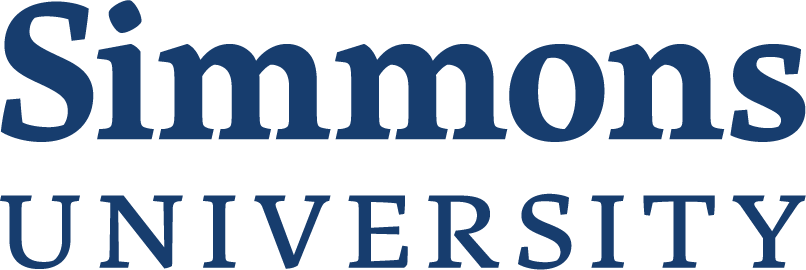NDSR Residencies and Digital Repositories
Posted January 26, 2016 by Alexandra Bernson
Yesterday I had the opportunity of attending the NDSR Mid-Year Event, where NDSR Residents gave presentations regarding the progress of their projects at their host institutions.
If you are like me and know nothing about this program, you would be completely lost as to what any of this means. Don’t worry – despite my own interest in digital preservation, digital stewardship, or any other areas within the ever-expanding world of digital libraries and repositories, I hadn’t been aware of this program either.
Originally hosted by the Library of Congress, the National Digital Stewardship Residency (or NDSR) assigns its residents to libraries or repositories looking to improve or originate their own digital stewardship program. This cohort model, where residents and their “hosts” work together to analyze and implement new theories and programs, has resulted in successful programs at past host institutions. Potential applicants are all recent graduates from various iSchools or MLIS graduate programs, and many of them did not have digital stewardship tracks at their graduate program. Currently, the NDSR Boston has residents at Harvard, MIT, the JFK Library, U-Mass, and the State Library of Massachusetts (where I just started as their new part-time Program Coordinator who will be taking on the responsibilities of digital projects when our resident leaves in May). My supervisor and I went to hear our Resident’s presentation and learn more about what the other Residents might be up to.
Sitting through each of the presentations, I was struck by the huge amount of work building and maintaining a digital repository requires. Each of the residents mentioned the many standards that they were attempting to use for their own projects, specifically ISO 16363 – a massive international standard that lists over 100 different areas to check to verify that a digital repository is trustworthy. What exit strategies should be in place should funding for specific software programs become unavailable? What policies exist or should exist for born-digital materials? How do we work together with IT services and educate them about proper preservation rather than standard weekly or monthly backups that provide only short-term solutions? Stefanie, our State Library Resident, asked how could we as an institution efficiently and effectively collect agency publications (which we are required by law to do) without those agencies providing consistent reports or documents or even notifications that they had in fact published those official reports or documents? How can we best educate and provide outreach services to our patrons or users?
All of these questions were posed, yet few were answered. But that’s the great thing about mid-point presentations: getting an in-depth look at the chaos that ensues between the beginning and end of a project. While I have taken several classes on digital stewardship and electronic records, these presentations gave me far greater insight into the real-life struggles of new librarians and archivists in this burgeoning field. I’ll definitely be sharing more about this project as it progresses!
If you are at all interested in digital repositories, digitization, or the evolution of libraries, I urge you to check out the official NDSR blog as well as the individual blogs of each of the residents, which I have included below. And if this is something that you would be interested in applying to as a recent or soon-to-be Simmons graduate, keep checking in with the NDSR website and blogs and explore similar programs!
NDSR Boston: http://projects.iq.harvard.edu/ndsr_boston/home
NDSR Boston 2015-2016 Resident Blog: https://ndsrboston2015.wordpress.com/
Stefanie Ramsay – Digital Preservation at the State Library of Massachusetts Blog: https://ndsrstatelibraryofma.wordpress.com/
